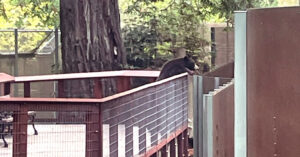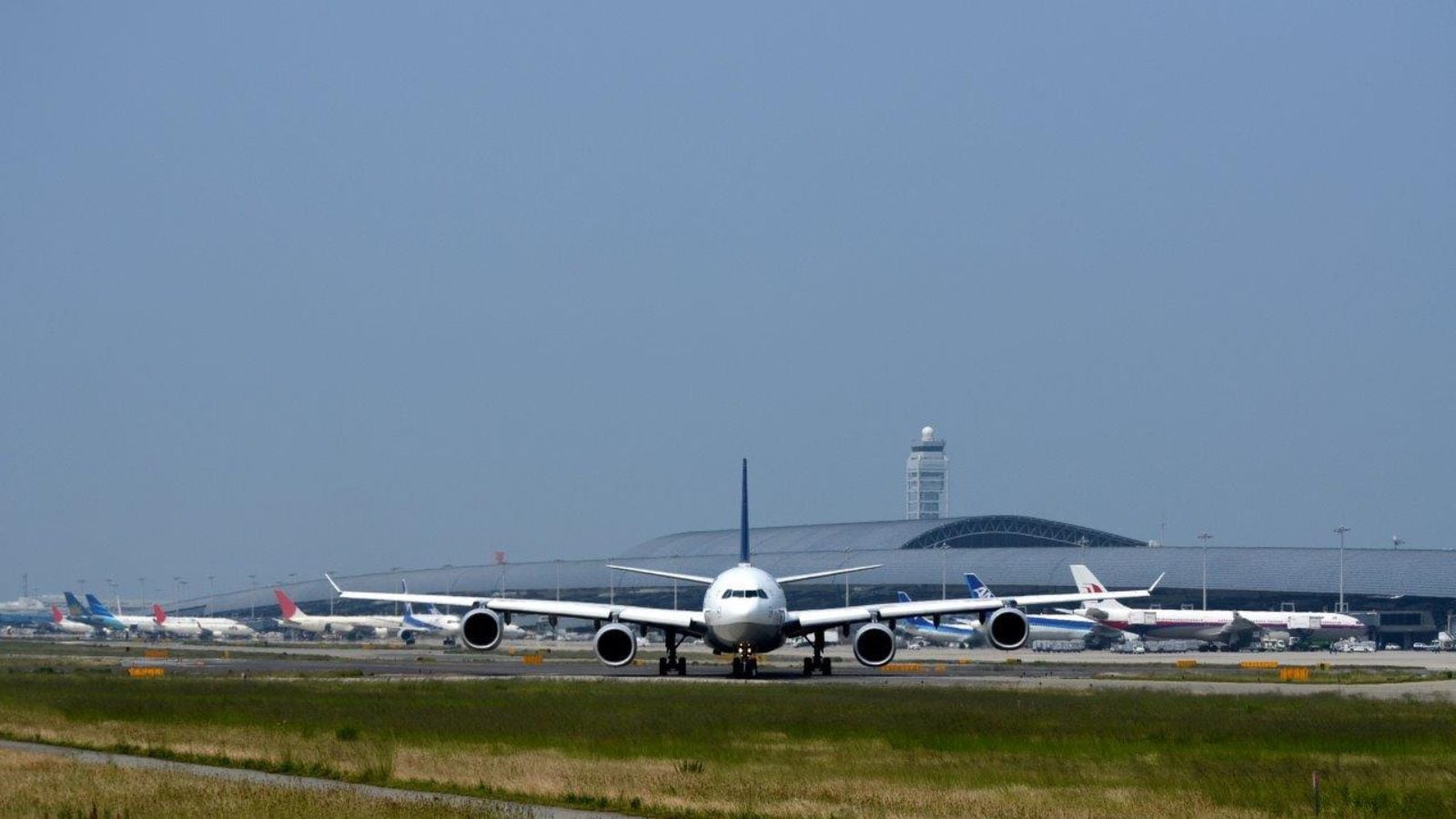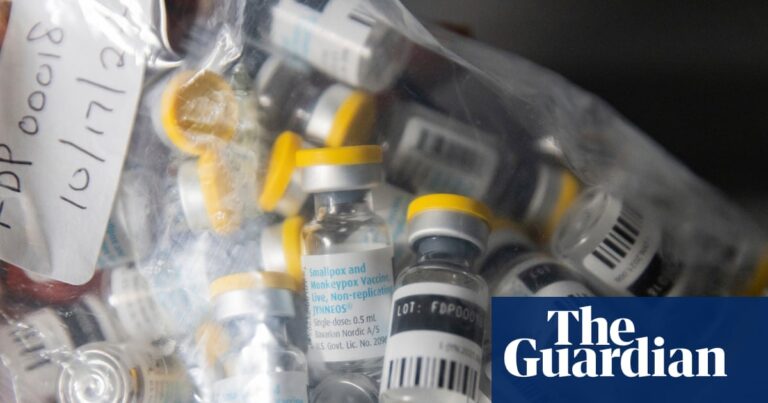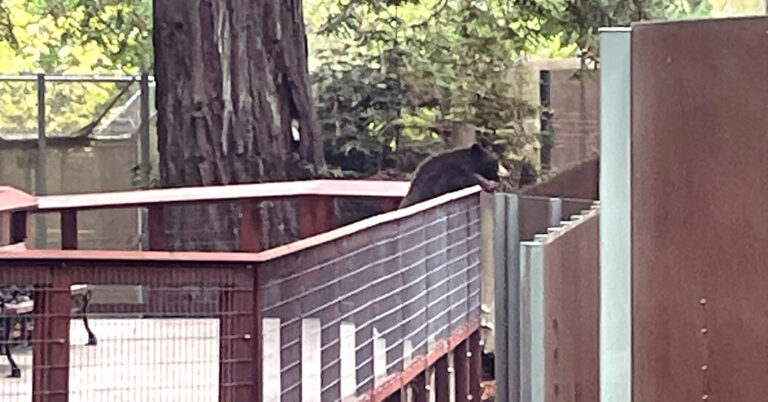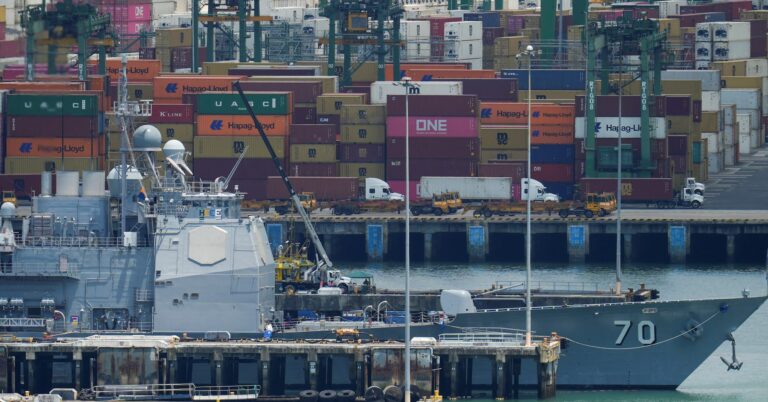The airport’s original island has sunk 12.5 feet since opening. The second island, added during expansion, has fared worse, descending a staggering 57 feet since landfill work began. Last year alone, 21 cm of subsidence was recorded at 54 points on this newer island, South China Morning Post reported.
The operator, Kansai Airports, insists that a degree of settlement was always expected and that recent measurements show the rate of sinking is slowing.
“It is sinking by less than 10cm (4 inches) a year now, but that is slowing and manageable,” said Hiroo Ichikawa, professor emeritus of urban planning and policy at Meiji University, SCMP reported.
He acknowledged that while some missteps were made—like building critical infrastructure underground, which proved disastrous during a typhoon—engineers are now better prepared.
The vulnerability of the site was dramatically exposed in 2018 when Typhoon Jebi, the strongest storm to hit Japan in 25 years, forced the complete shutdown of KIX. A storm surge swamped the airport, cutting power, flooding the basement-level disaster response centre and electric substation, and leaving 5,000 people stranded without power for over 24 hours.
The project, constructed atop 20 metres of soft alluvial clay, was always a gamble. Despite using 2.2 million vertical pipe drains and massive landfill (including 200 million cubic metres of debris and 48,000 tetrapods) to stabilise the ground, the clay has compressed more than predicted. Over $150 million has since been spent raising sea walls around the islands to counter the threat of encroaching water.
But not all experts are raising the alarm. Ichikawa called the project a “valuable learning experience” and said similar airports, like Chubu Centrair near Nagoya, have benefited from the lessons learned at KIX. Opened in 2005 and smaller in scale, Centrair has experienced significantly less subsidence and was named the world’s best regional airport for the 11th consecutive year in 2025 by Skytrax.
“The effect of sinking was taken into consideration in the design,” Ichikawa noted, SCMP reported. “Engineers are constantly monitoring conditions at KIX and are working to limit the subsidence, but nothing is impossible and it really is just a question of cost.”



